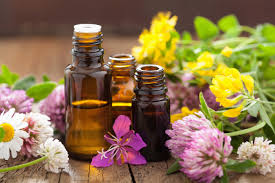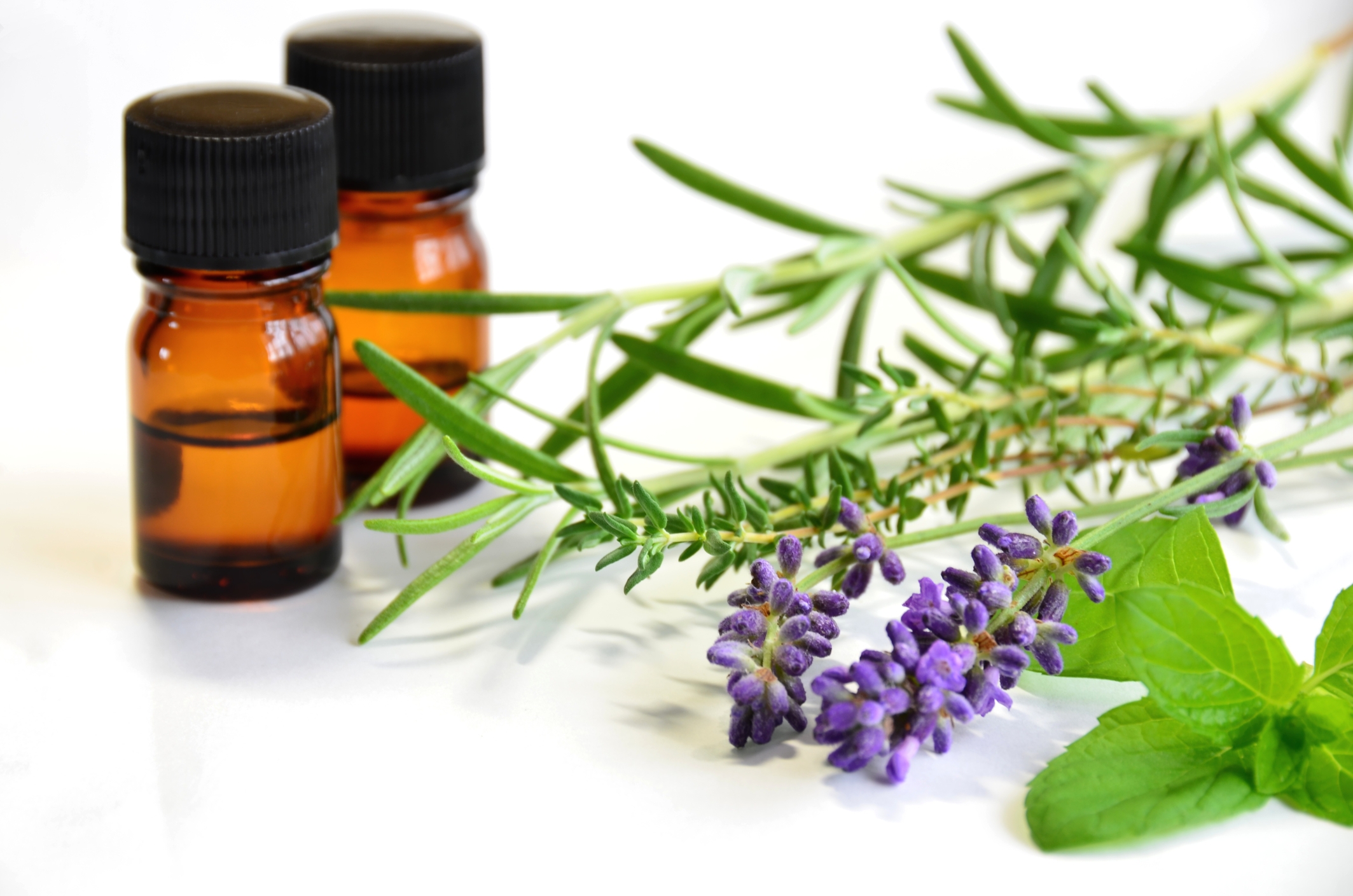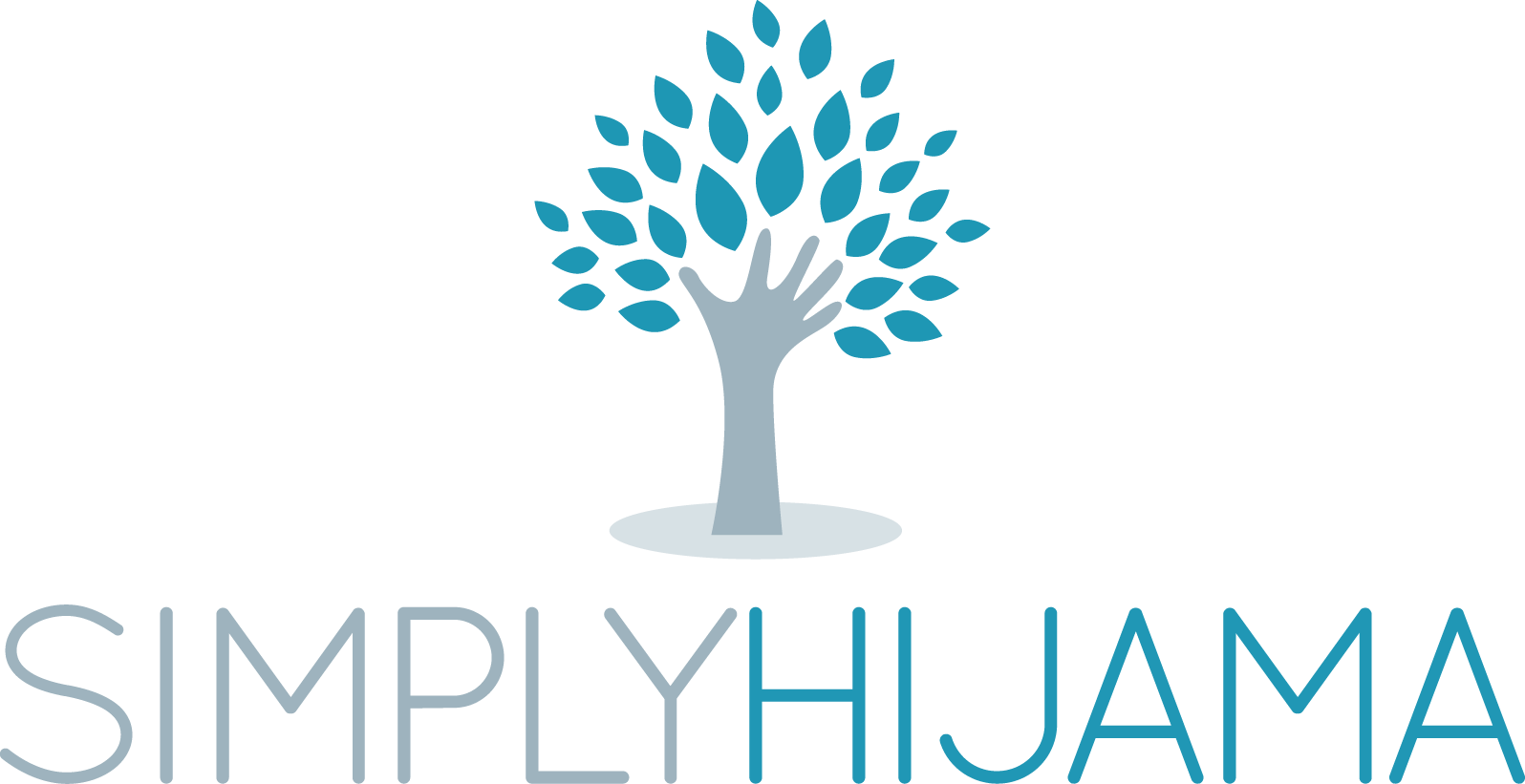
Before the dawn of the pharmaceutical industry, plant based products were the main form of medicine. Oils and pastes from plants were transformed into pills, powders, suppositories, medicinal cakes and ointments. Balsams, perfumed oils, scented barks, resins, spices and aromatic vinegars, made from plants, were used in everyday life.
Essential oils, or aromatic oils as they were once called, have been used by many cultures around the world for centuries. Their uses varied between customs from religious purposes to healing the sick. It is difficult to pinpoint exactly when essential oils gained notoriety as effective healing agents, but eventually the knowledge of essential oils spread around the globe.
The earliest evidence of human knowledge of the healing properties of plants was found in Lascaux, located in the Dordogne region in France. The cave paintings suggest the use of medicinal plants in everyday life that have been carbon dated as far back as 18,000 B.C. Ancient Egyptians used aromatic gums such as cedar and myrrh in the embalming process, traces of these have been found on mummies today.
The particles in essential oils come from distilling or extracting the different parts of plants, including the flowers, leaves, bark, roots, resin and peels. In ancient times, Jews and Egyptians made essential oils by soaking the plants in oil and then filtering the oil through a linen bag. However, later around 1000 A.D, Ali-Ibn Sana (commonly known as Avicenna the Arab) was credited for being the first person to discover and record the method of distilling essential oils.
Today, distillation is still the most common process of extracting essential oils from plants. The advantage of distillation is that the volatile components can be distilled at temperatures lower than the boiling points of their individual constituents, and are easily separated from the condensed water. During distillation the plant material is placed upon a grid inside the still. Once inside, the still is sealed. Steam or water slowly breaks through the plant material to remove its volatile constituents. These volatile constituents rise upward through a connecting pipe that leads them into a condenser. The condenser cools the rising vapour back into liquid form. The liquid is then collected in a vehicle below the condenser. Since water and essential oil do not mix, the essential oil will be found on the surface of the water where it is siphoned off. Occasionally an essential oil is heavier than water and is found on the bottom rather than the top, such as with clove essential oil.
The benefits of essential oils come from their antioxidant, antimicrobial and anti-inflammatory properties. These healing oils are rapidly growing in popularity because they act as natural medicine without any side effects. Their uses range from aromatherapy, household cleaning products, personal beauty care and natural medicine treatments.

Health Benefits
Here is a list of the six most common essential oils and their health benefits:
Camomile
Camomile essential oil is known to cure spasms, protect wounds from becoming septic and infected, curb biotic growth and infections, fight depression and uplift mood, cure neuralgic pain by reducing swelling in the effected vessels, and soothe inflammation from fever. It also eliminates gases, promotes the discharge of bile, helps decrease the visibility of scars, opens up obstructed menses and regulates them, cures pain, reduces fever, and is good for the liver. Furthermore, camomile essential oil sedates inflammation and hyper-reactions, improves nervous system health, aids digestion, reduces spasms, kills bacteria, increases perspiration, improves digestion, and fights infections.
Frankincense
Frankincense essential oil protects wounds from becoming septic, fights infections, induces contractions in gums, muscles and blood vessels, and removes excess gas, heals scars, keeps cells healthy and promotes their regeneration. It promotes digestion, increases urination, regulates menstrual cycles, cures coughs and colds, soothes anxiety and inflammation, and ensures good health of the uterus.
Lavender
This oil is beneficial for treatment of issues with the nervous system, insomnia, pain relief, urine flow, respiratory disorders, skin care, hair care, blood circulation, indigestion, and immune system health.
Oregano
It is commonly used to inhibit viral, bacterial, fungal and parasitic infections. Oregano essential oil also heals damage done by oxidation, soothes inflammations, promotes digestion, opens up obstructed menstruation, and helps cure allergies.
Peppermint
It is commonly used in the treatment of pain relief, as a way to induce numbness, protect against sepsis, reduce milk flow and discharge, relax spasm, strengthen gums, stop hair loss, and lifts skin. Also, it induces firmness in muscles, stops haemorrhaging, removes gas, is good for brain and memory health, and promotes bile discharge, clears congestion and eases breathing. Furthermore, peppermint essential oil relieves obstructed menstruation, expels phlegm & catarrh, reduces fever, is good for the liver, nerves, and stomach, while promoting perspiration and slight contraction of the blood vessels.
Tea Tree
This oil is often used to inhibit bacterial, microbial, and viral infections, while also killing insects, protecting wounds from becoming septic, promoting absorption of nutrients, speeding up the healing rate of scars and after marks. Finally, it can cure coughs and colds, and it stimulates systemic functions and appropriate discharges.
To Sum Up…
Essential oils have a vast amount of benefits, not only to your health but to your home. Some say that there is an essential oil for everything in life. However, not all essential oils are created equal. In fact, most of them are often synthetic and do not give you any health benefits. The brand and manufacturer’s method of production plays a critical role in the quality of the oil. So, when buying essential oils, make sure they are certified pure therapeutic grade from a reputable company, especially when you’re considering them for internal use. It is always best to consult a health professional before you take any essential oils as there are some oils that have the potential to cause irritation, whether it be on your skin or elsewhere. That’s why it is important to choose a quality product that is both safe and effective.
Adding a small amount of the essential oils to water, lotions or carrier oils (such as fractionated coconut oil or extra virgin olive oil) allows the oils to enter the body in the best way possible. This can be achieved in the form of inhalation using baths and diffusers, and skin application through massages and compresses. Whichever way you decide to use it you will not be disappointed.
Recipes for Health
§ Reduce cellulite: Mix five drops of grapefruit essential oil with two teaspoons of coconut oil and massage into dimpled areas.
§ Itchy scalp: Add lavender, cedarwood or basil essential oil to shampoo to reduce itching.
§ Reduce wrinkles: Mix 3-5 drops of sandalwood, geranium, lavender and frankincense essential oils with an unscented lotion and apply to face. Avoid applying to eyes.
§ Reduce stretch marks: Mix five drops of frankincense, myrrh and grapefruit essential oils with coconut oil and apply to stretch marks.
§ Relieve nausea: Breathe in peppermint oil through your nose to alleviate nausea, and also apply to your neck and upper chest. Ginger and lavender may also help.
§ Migraine headache relief: Try combining a few drops of lavender oil and peppermint oil and apply to temples to help with headaches and migraines.
§ Reduce cough or sinusitis: Eucalyptus oil is known for its powerful ability to fight coughs and open airways. Add a few drops into steaming hot water or diffuser. Inhale to help clear nasal passage.
§ Heal burns: Mix lavender oil with aloe vera to treat burns.
§ Improve concentration: Inhale bergamot, grapefruit or peppermint oil to increase concentration during the day.
§ Eczema and psoriasis cream: To treat eczema, psoriasis or red dry skin, apply a mixture of lavender essential oil with shea butter.
§ Improve circulation: Add 8-10 drops of grapefruit essential oil to warm bath water.
§ Reduce fever: Add 1-3 drops of eucalyptus, peppermint and lavender to a cool cloth and sponge the body.
§ Head lice cure: Mix three drops of thyme, lavender and eucalyptus oil with unscented oil and apply to scalp. Cover head with a shower cap and leave on for 30 minutes. Shampoo out.
§ Achy muscle rub: Mix eucalyptus, wintergreen and cypress with an unscented lotion or coconut oil and apply to muscles.
§ Reduce morning sickness caused by pregnancy: Add a few drops of wild orange, lemon or ginger oil to a handkerchief and inhale.
§ Improve allergies: Rub frankincense and lavender on your palms and inhale deeply to relieve itchy eyes and throat.
- § Improve digestion: Take ginger oil, peppermint oil and fennel essential oil to support digestion and healing leaky gut.
- Calm upset child: Help soothe and calm children by adding lavender or chamomile to their stuffed animals.
Sources
https://naha.org/explore-aromatherapy/about-aromatherapy/how-are-essential-oils-extracted/
https://draxe.com/essential-oil-uses-benefits/
https://healingscents.net/blogs/learn/18685859-history-of-essential-oils
https://www.organicfacts.net/health-benefits/essential-oils
https://aromaticstudies.com/the-internal-use-of-essential-oils-an-exploration/
